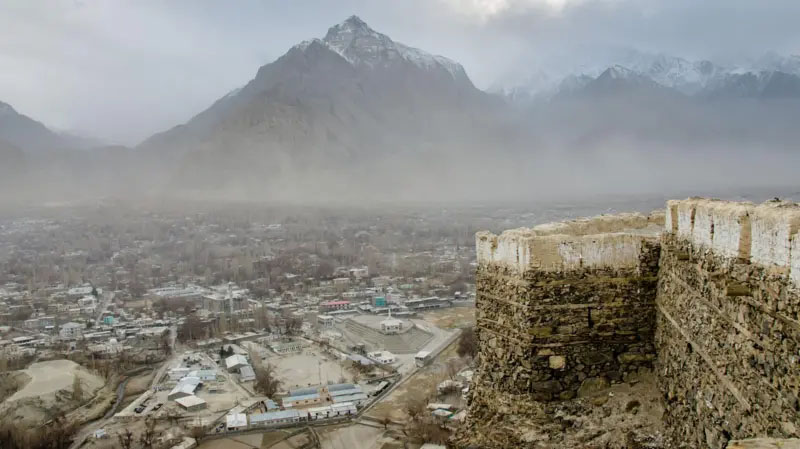Gilgit, 1947: Rumors had spread across the mountainous region of Gilgit that the Maharaja of Jammu and Kashmir was preparing to accede to India. Alongside this, whispers of a potential mutiny within the Gilgit Scouts — a local paramilitary force — began circulating rapidly.
Slogans reading “Long Live Pakistan” and “Death to the Maharaja of Kashmir” appeared overnight on the city’s walls — even on the gates of the Governor’s House. Major William Brown, the British commander of the Gilgit Scouts, later wrote that he personally saw the governor erasing the slogans, only for them to reappear the next morning — including on his own gate.
Major Brown would soon find himself at the center of an extraordinary event — a rebellion that would deliver a vast portion of Jammu and Kashmir to the newly created Pakistan without a single bullet being fired.
At that time, the region included not only Gilgit but also Skardu, now part of Pakistan-administered Gilgit-Baltistan. The story begins in the tense months of 1947, when both India and Pakistan had gained independence, yet the princely state of Jammu and Kashmir — among a few others — remained undecided on which dominion to join.
As the Maharaja hesitated, local resentment grew. Within weeks, the Gilgit Scouts, under Major Brown’s leadership, revolted against the Maharaja’s appointed governor and hoisted the Pakistani flag, effectively bringing the strategic northern frontier under Pakistan’s control.
This uprising — often referred to as the Gilgit Rebellion — marked one of the earliest and most pivotal moments in the long and complex history of the Kashmir dispute.



